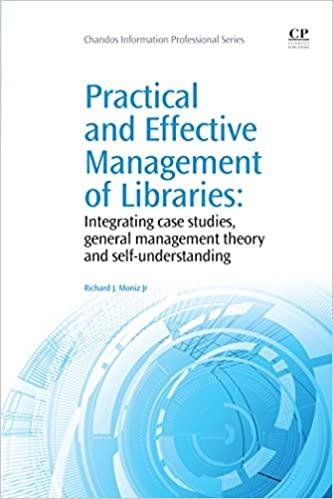Question
How do I plug in the following into this paper and how would I solve the conflict.? I have included a copy of the paper.
How do I plug in the following into this paper and how would I solve the conflict.? I have included a copy of the paper.
In my perception of the conflict, she views herself (Sarah) as being on one side of the conflict, with the project deadline on the other side. She perceives John as being aligned with the project deadline against her, hence placing John's circle closer to the deadline.
In John's perception, he sees himself (John) on one side of the conflict, with me on the other side. He perceives me as being aligned with the project deadline against him, hence placing my circle closer to the deadline.
The sizes of the circles represent the perceived significance or influence of each party in the conflict. In both TRIP diagrams, the deadline is placed centrally to indicate its importance in the conflict. The varying distances between the circles and the deadline represent the perceived alignment or opposition of each party to the deadline.
This conflict arises from differing perspectives on project priorities and responsibilities, leading to tensions between Sarah and John as they try to navigate the project timeline.
The TRIP (Target, Resistance, Impact, Power) model is rooted in interpersonal conflict theory and provides a structured framework for analyzing and understanding conflicts from multiple perspectives. Here's the theoretical rationale behind each component of the TRIP model:
1. Target: The target represents the focal point of the conflict, typically a specific issue or goal that is being contested. In the context of the TRIP model, identifying the target helps clarify the central focus of the conflict and provides a reference point for understanding the dynamics between the involved parties.
2. Resistance: Resistance refers to the opposition or conflicting positions taken by the parties involved in the conflict. It represents the extent to which each party perceives themselves as being in opposition to the other regarding the target. Resistance can manifest in various forms, such as disagreement, defiance, or reluctance to compromise.
3. Impact: Impact signifies the consequences or effects of the conflict on the individuals involved, as well as on the broader context in which the conflict occurs. This component of the TRIP model highlights the potential repercussions of unresolved conflict, including emotional stress, relational strain, and organizational dysfunction.
4. Power: Power refers to the perceived influence or control that each party has within the conflict situation. It encompasses factors such as authority, resources, and interpersonal dynamics that shape the balance of power between individuals or groups. Understanding power dynamics is crucial for assessing the potential for resolution and determining strategies for managing the conflict effectively.
By applying the TRIP model, individuals can gain insights into the underlying dynamics of conflicts, identify points of contention, and develop strategies for addressing them constructively. The model encourages a holistic approach to conflict resolution by considering the perspectives, motivations, and interdependencies of all parties involved.
In the given conflict scenario between John and I, the TRIP model can help elucidate our differing perceptions of the project deadline and our respective roles and influences within the conflict. Analyzing the conflict through the lens of the TRIP model allows for a comprehensive understanding of the underlying tensions and potential pathways toward resolution.
Step by Step Solution
There are 3 Steps involved in it
Step: 1

Get Instant Access to Expert-Tailored Solutions
See step-by-step solutions with expert insights and AI powered tools for academic success
Step: 2

Step: 3

Ace Your Homework with AI
Get the answers you need in no time with our AI-driven, step-by-step assistance
Get Started


